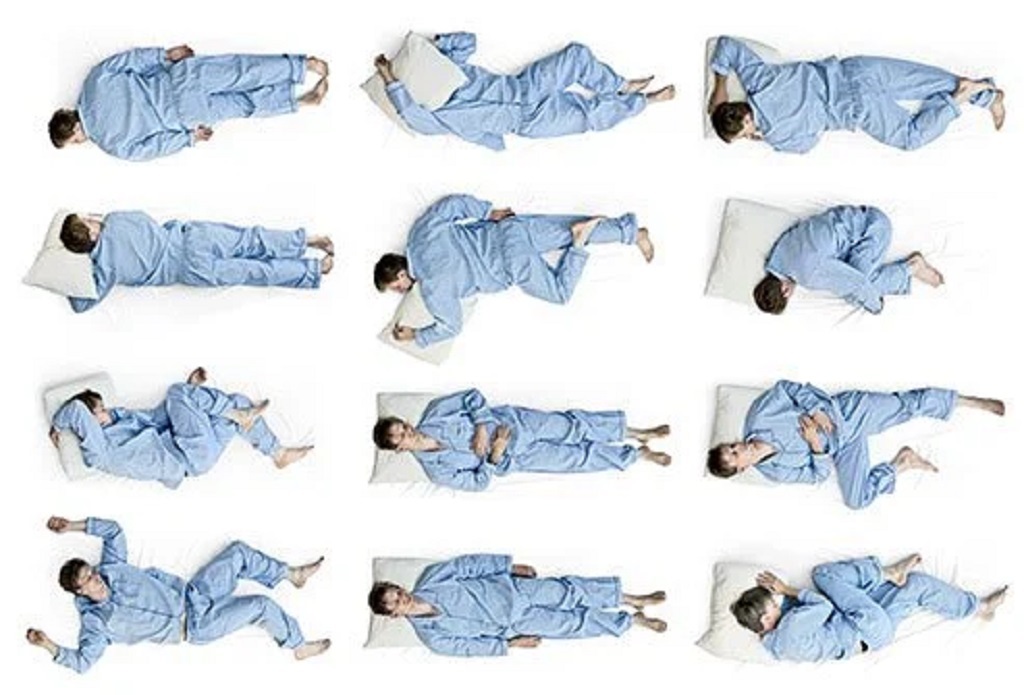
Let's be honest, sleep is a major piece of our lives – regardless of whether we're not getting 8 hours. But, there's more to it besides you could think. Your Sleeping Position plays a major part in your sleep quality, which means it's likely the perfect time for you to change everything around you.
Different sleeping positions have various advantages. If you're encountering pain or other medical issues, you could have to change your situation to help with managing it. Furthermore, while it probably won't be something you can do in one evening, changing your default sleep position can be worth trying out.
Here Are the Top Common Sleeping Positions
On Your Back with Arms Close by

This is generally viewed as the best Sleeping Position for your head, spine and neck as long as you don't utilize too many pillows. However, back-sleepers are more inclined to wheeze and rest apnoea than the people who sleep in different positions.
On Your Side Sleep Position with Arms by Your Sides

Your spine is best upheld in its regular bend while sleeping here. It can help reduce back and neck position while likewise decreasing the risk of sleep apnoea. However, the drawback is that it might add to skin ageing due to gravity, bringing about facial wrinkles and sagging breasts.
On Your Side with Arms Out
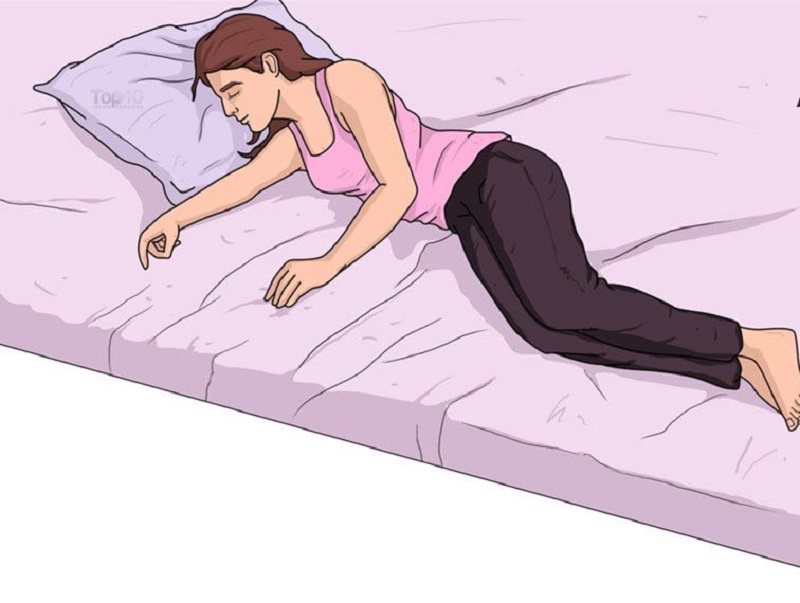
This position has a significant number of similar advantages as sleeping on your side with your arms positioned straight down. Notwithstanding, side-sleeping can make shoulder and arm distress due to the confined bloodstream and strain on the nerves, which might be exacerbated by having your arms out before you.
On Your Back with Arms Upwards
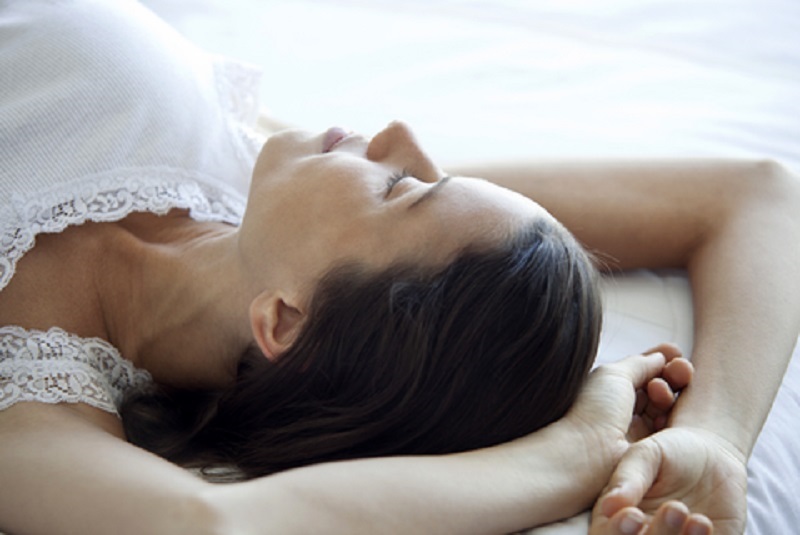
Otherwise called the “starfish”, this dozing position is great for your back and is additionally said to forestall facial kinks and skin breakouts. Nonetheless, like the arms-down back-resting position, it likewise can cause wheezing and issues with heartburn.
Starfish Position
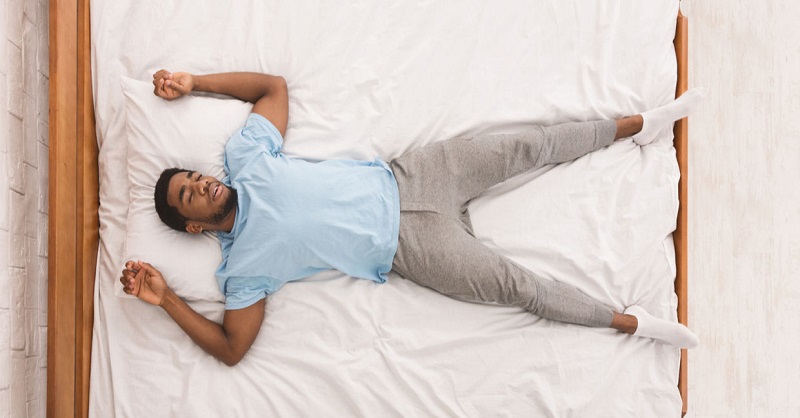
Just around 5% of individuals sleep this way. You sleep on your back with your arms up close to your head. As per a few examinations, you might be bound to be a good audience and not have any desire to be the centre of consideration.
Fetal Position
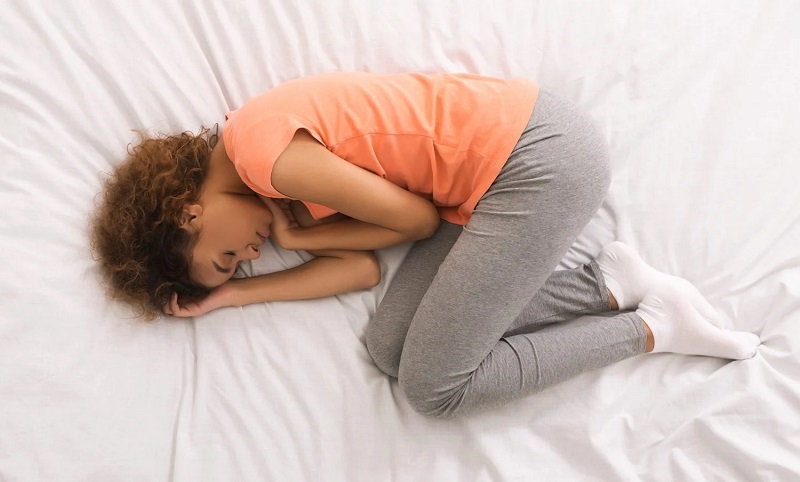
Sleeping in the fetal position, nestled into a ball with your knees brought into your chest and your jaw shifted downwards might be agreeable, yet it can strain your neck and back.
On Your Right Side
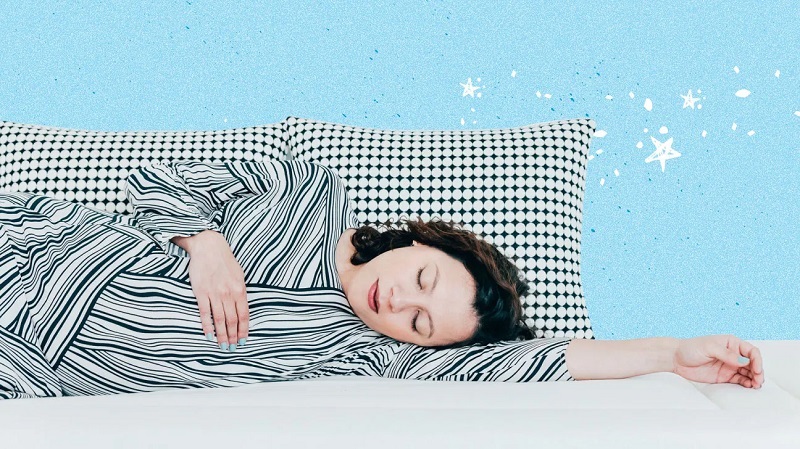
If you are one of many side sleepers, the side you rest on has an effect. Resting on your right side can demolish indigestion while sleeping on your left side can strain your inner organs like your liver, lungs and stomach, however, this position might limit heartburn.
Sleeping on Your Stomach
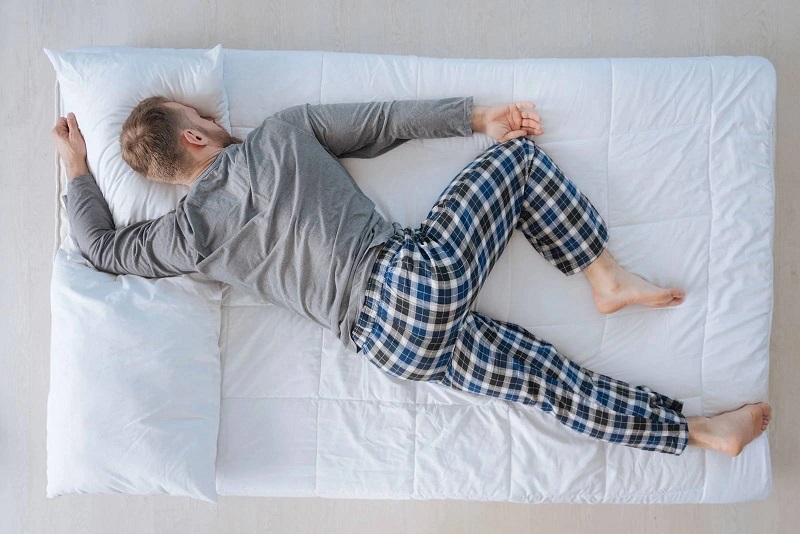
Is it awful to sleep on your stomach? The short answer is “yes.” Although Sleep on Your Stomach can decrease wheezing and reduce rest apnea, it's likewise taxing for your back and neck. That can prompt unfortunate rest and inconvenience over your day. If you're pregnant, you should be particularly cautious about your sleeping position and try not to sleep on your stomach if possible.
So, What Are the Danger of Sleeping on Stomach?
Around 7% of grown-ups sleep on their stomach, or in the inclined position. It might assist with diminishing the sound of snoring, but in general, stomach sleeping isn't suggested.
With your head raised on the pillow, it tends to be hard to keep the spine in an impartial position. Sleep on Your Stomach puts a strain on the back and neck. Since the center of your body is the heaviest part, it makes the spine overarch. With time this can prompt agony and nerve issues. You might see deadness or a tingling sensation in the furthest points. Furthermore, turning the head aside while sleeping can restrict blood circulation and reduce the size of the airway.
If you find it hard to change your resting position, try to adjust it. Keep the neck straight and prop just the brow on the base edge of the pillow. As a result, the spine will be in a more impartial situation while permitting space to move around openly. You can likewise try elevating the pelvis with a dainty pillow to help reduce the pressure on the lower back.
How to Optimize Your Sleeping Position?
The right mattress and pillow can assist with dispersing body weight, adjusting the spine, and diminishing pressure points. Your mattress should be sufficiently soft to give cushioning to your sleep position, yet firm to the point of supporting your spine in an impartial arrangement. Additionally, your pillow should be thick to the point of occupying the space between the head and mattress, but not so thick that it forces your neck to twist at an unnatural angle.
